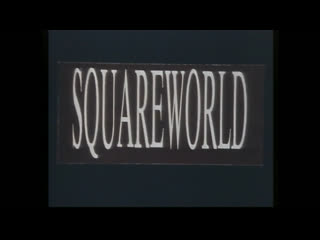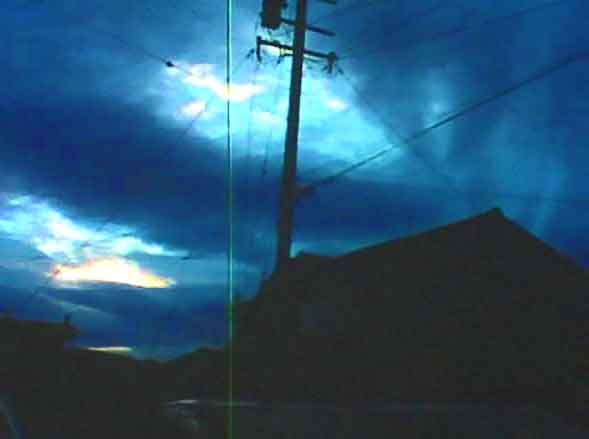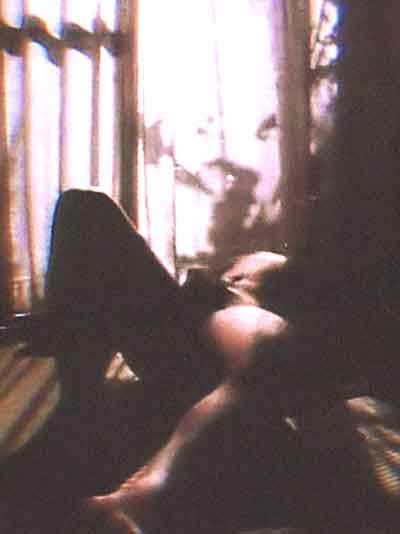 One of the most unnerving, and least compromising, horror films to emerge from the nineties. That explains (in part) why SQUAREWORLD so obscure.
One of the most unnerving, and least compromising, horror films to emerge from the nineties. That explains (in part) why SQUAREWORLD so obscure.
SQUAREWORLD (Sukueawaarudo) was a 1995 product of the seral killer craze that swept the decade. Unique though the film is, 1990s serial killer cinema was a field crowded enough to provide a Gallic-centric echo in the similarly conceived SOMBRE (1998).
SQUAREWORLD’s maker was the prolific Japanese experimentalist Kenji Onishi. At a little over an hour it’s one of his longer works, yet very much in keeping with his career-long aesthetic, on display in films (over 100 of which have been made since 1990) like MEMORY OF CELLULOID (1993), A BURNING STAR (1995) and STREET CHILD (1998)—which tend to be marked by an ultra-austere atmosphere conveyed through rigorously composed imagery. SQUAREWORLD is also, in Onishi’s own words, a “fairly unhealthy film” with “the three main constituents of the exploitation film in it: sex, violence and splatter.”
The narrative is ruthlessly simple and unadorned, and presented entirely without dialogue: a man who (outside his lower torso) is never clearly glimpsed emerges from a cavernous warehouse to traverse a singularly bleak industrial landscape, where he encounters a woman (Natsuyo Kanahama, credited only as “The Victim”) he abducts. Back in the warehouse the man forces his captive to perform sexual acts, and then, after injecting some unidentified substance into his penis, kills her. Using a noisy buzz saw he dismembers the corpse and then disposes of it in a sewage plant, after which the man heads back to his home base and (it’s implied) commits suicide.
That’s it. No backstories or subplots are offered, and no judgement is made on what we’re shown. What Onishi provides instead are images from which (in his words) it “looks as if dark drops of blood could ooze out at any moment.” Those images are often held for such lengthy periods the viewer will likely wonder if s/he has accidentally hit the pause button, and viewed more often than not from a great distance. Ambiguity is crucial to the effect; making out what’s happening is often quite a challenge, with the action occurring in darkly lit portions of the frame and the gory bits presented with notable restraint (at least by traditional nineties horror film standards).
Ultimately, though, it’s the soundtrack that makes SQUAREWORLD the unnerving triumph it is. This is one of the quietest psychodramas you’ll ever see, with the sound often muted to the point of near-complete silence, only to rouse the viewer with off-screen clattering, a woman’s scream and that ear-splitting buzz saw, an unexpected addition to such a quiet film, but one that mimics its overall impact quite well.
Vital Statistics
SQUAREWORLD (Sukueawaarudo)
Cinema Train
Director/Producer/Screenwriter/Cinematographer/Editor: Kenji Onishi
Cast: Natsuyo Kanahama


